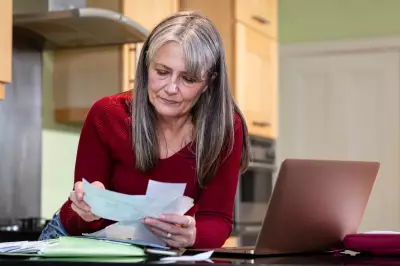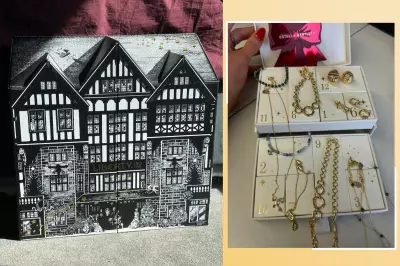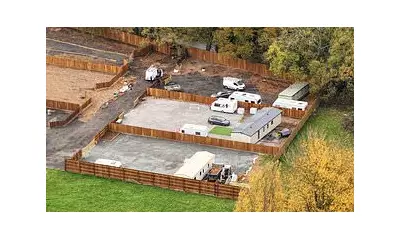
Millions of renters across the UK could be unknowingly at risk of losing their deposits due to landlords failing to comply with legal requirements. Under UK law, landlords must place tenants' deposits in a government-approved protection scheme within 30 days of receiving the money.
Why Deposit Protection Matters
Deposit protection schemes exist to ensure tenants get their money back at the end of their tenancy, provided they meet the terms of their agreement. These schemes also help resolve disputes between landlords and tenants fairly.
How to Check If Your Deposit Is Protected
Tenants can easily verify if their deposit has been properly protected:
- Landlords must provide details of the protection scheme within 30 days
- Contact the three approved schemes directly to check
- Look for confirmation documents in your tenancy paperwork
The Consequences for Landlords
Landlords who fail to protect deposits properly face serious penalties:
- They may have to repay the deposit plus up to three times its value
- They could lose the right to evict tenants using Section 21 notices
- Their reputation as landlords could be permanently damaged
What Renters Should Do Next
If you discover your deposit isn't protected:
- Contact your landlord immediately for clarification
- Gather all relevant tenancy documents as evidence
- Consider seeking legal advice if the issue isn't resolved
With rising rents across the country, it's more important than ever for tenants to ensure their hard-earned deposits are properly safeguarded.





